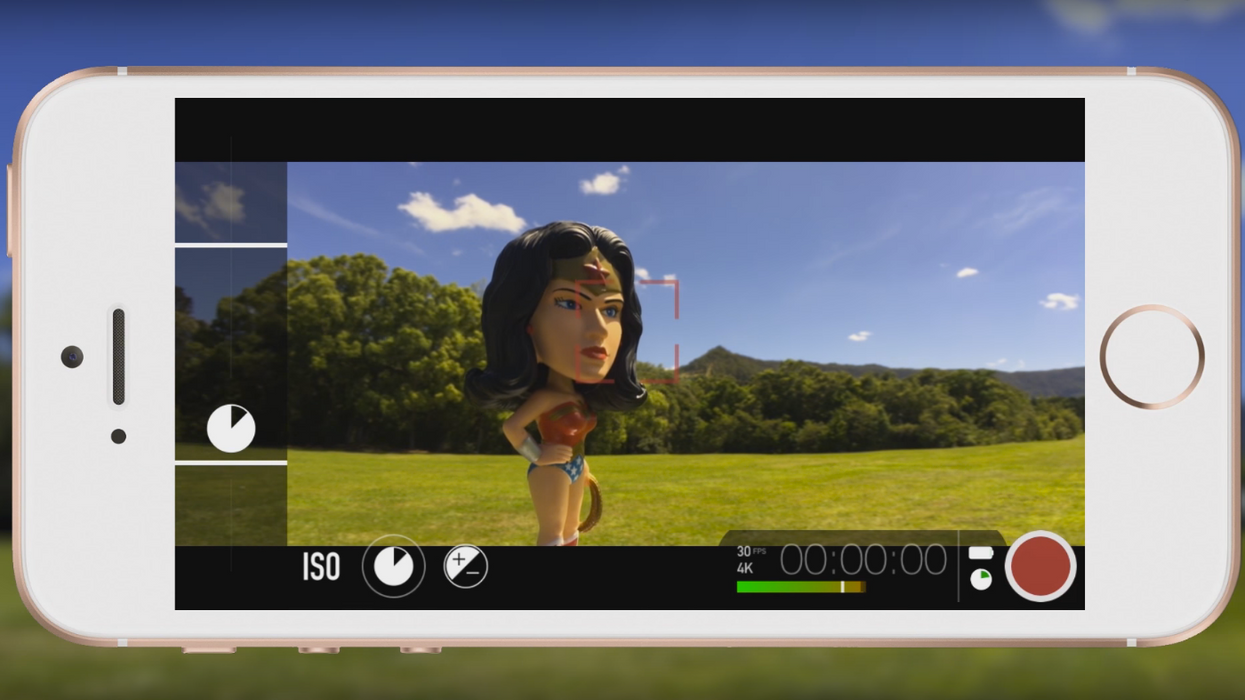Why ND Filters Are Essential if You Want to Get the Film Look on a Smartphone
The best camera is the one you have, but you might need a little extra to make the one you have a little better.

Making a film with a smartphone isn't as taboo as it was a few years ago, especially sinceTangerine blew everyone away at Sundance in 2015. However, though many smartphones are more powerful than even some of the older prosumer cameras in your closet, they do need a little bit of help in attaining that all too important film look. In this video by Epic Tutorials, you'll not only learn about how apps like Filmic Pro and lenses like the ones made by Moondog Labs can make your smartphone videos better, but you'll also learn why ND filters are a must if you want your footage to look more cinematic.
We talked about Filmic Pro and Moondog Labs quite a bit after Tangerine came out, particularly because director Sean Baker and DP Radium Cheung utilized both the app and Moondog Labs' anamorphic lenses to shoot the film. However, the app and lens are really only two of three pieces of the camera equipment puzzle, a point for which the video makes a good case.
Smartphone cameras are not DSLRs. ("No shit, V.") Because they are designed with a wide range of users in mind, their settings and operations are automated to take the guess work out of using them. This is fine, because Filmic Pro allows you to manually control settings like ISO, shutter speed, and exposure, so you can have a lot more authority over your final image.
A problem arises, however, when your image becomes blown out when you change your shutter speed to match your frame rate (the rule of thumb is to make the denominator of your shutter speed double your frame rate). You can obviously solve this by lowering your ISO or raising your shutter speed, but if your ISO is already at its lowest setting, you'll soon find yourself backed into a corner if your goal is to still get the film look, complete with the motion blur that that lower shutter speed will get you. Really your only recourse is to use ND filters to bring down the exposure and keep your image from being blown out, and that's where Moondog Labs comes in. They make a series of smartphone ND filters that cost 30 bucks a pop, but there are a ton of other companies that make them, too.
After all of this, though, keep in mind that even if you've got your fancy smartphone, lens, app, and filters, it takes much more to make your film cinematic. Good lighting, good writing, and good performances are just a few things that you should focus your attention on before you start worrying about how "film-like" your images are going to look.
What's your favorite brand of smartphone ND filters? What are some other ways to get the film look with a smartphone? Let us know in the comments!
Source: Epic Tutorials











